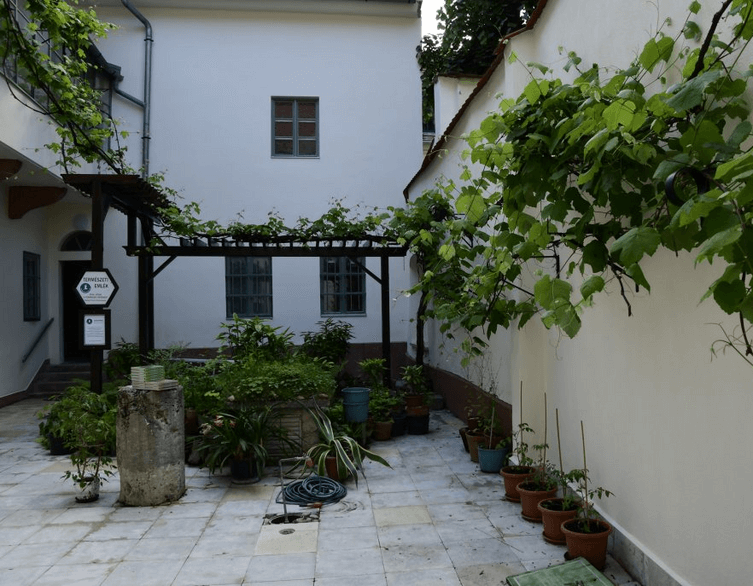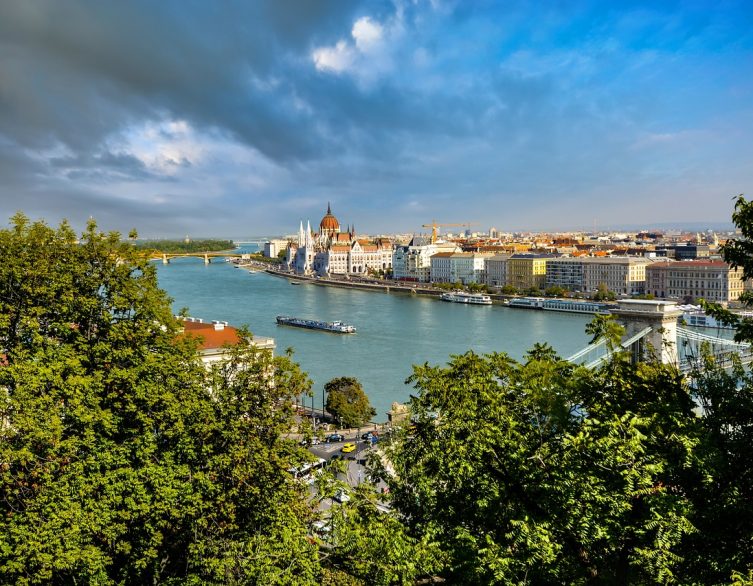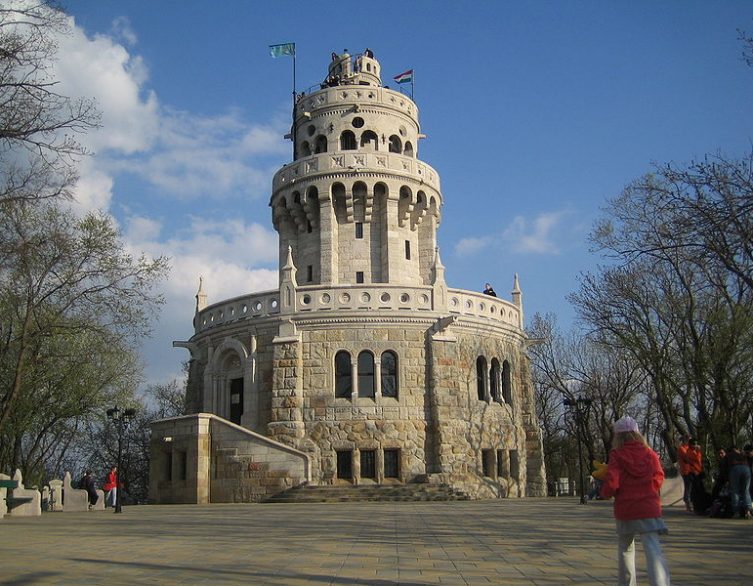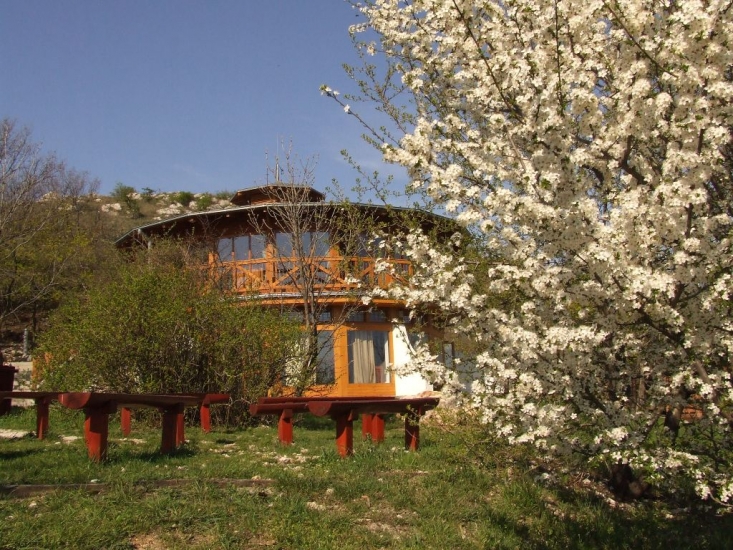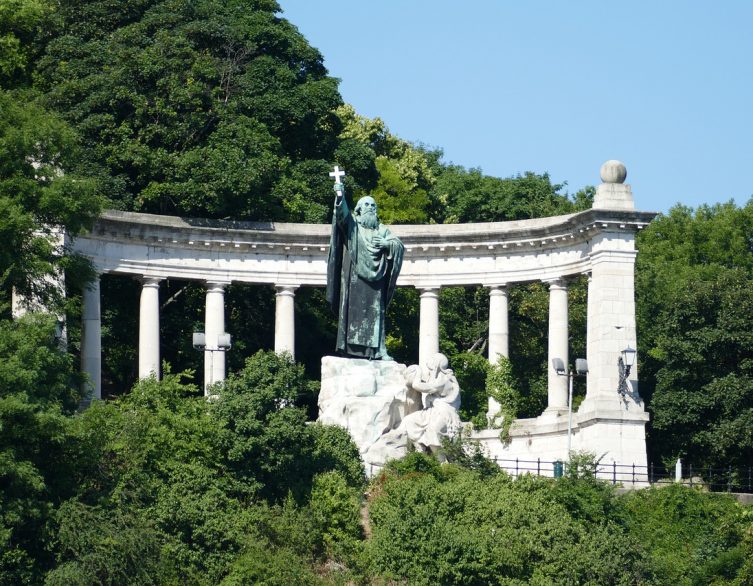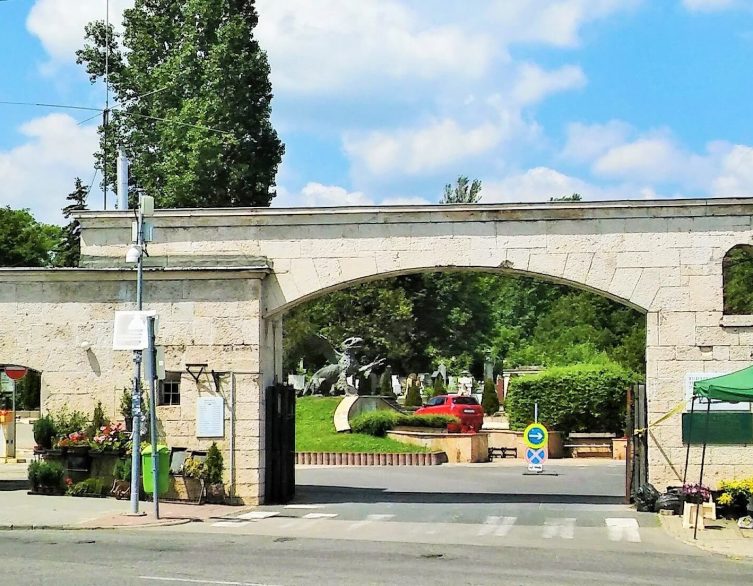Budapest’s Natural Wonders: Exploring the City’s Nature Reserves and Wildlife Areas
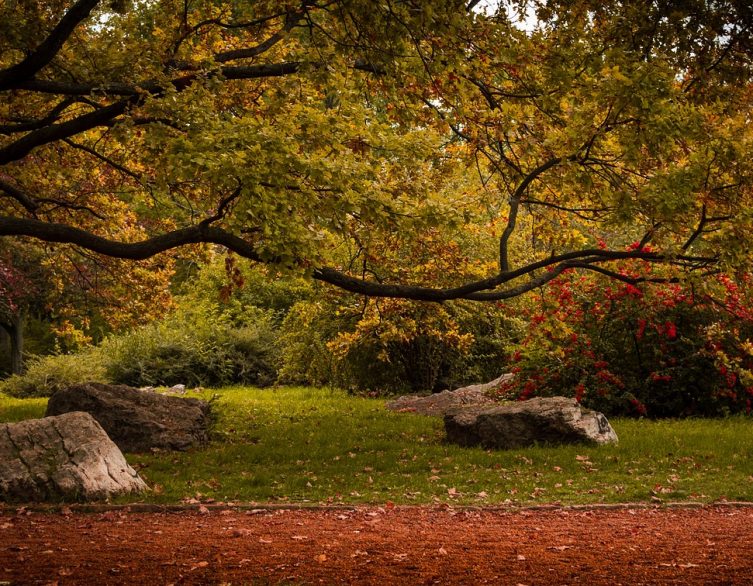
While Budapest is renowned for its stunning architecture, vibrant nightlife, and rich cultural heritage, the Hungarian capital also boasts an array of natural treasures that offer a refreshing escape from the urban bustle. For nature enthusiasts and those seeking a tranquil respite, Budapest’s nature reserves and wildlife areas provide a unique opportunity to immerse oneself in the city’s diverse ecosystems and encounter its fascinating flora and fauna.
One of the most notable nature reserves in Budapest is the Óbuda Island (Óbudai-sziget), a verdant oasis nestled in the heart of the Danube River. This 2.5-kilometer-long island is a designated nature reserve, home to a rich variety of plant and animal species. Visitors can explore the island’s winding trails, which meander through lush forests, meadows, and wetlands, offering a chance to spot various bird species, including herons, egrets, and cormorants. The island also features a unique geological formation known as the Római-part (Roman Riverbank), where ancient Roman ruins can be found amidst the natural surroundings.
Another must-visit destination for nature lovers is the Buda Hills (Budai-hegység), a picturesque range of low mountains that stretches along the western bank of the Danube. This area encompasses several nature reserves, including the Normafa Nature Reserve and the Hármashatár-hegy Nature Reserve. These reserves offer a network of hiking trails that wind through dense forests, providing opportunities to observe a diverse array of plant and animal life, including deer, foxes, and various bird species. The Buda Hills also boast stunning panoramic views of the city, making it a popular spot for hikers and outdoor enthusiasts.
For those interested in wetland ecosystems, the Soroksár Botanical Garden and Nature Reserve (Soroksári Botanikus Kert és Természetvédelmi Terület) is a must-visit destination. This unique reserve features a diverse range of habitats, including marshes, ponds, and meadows, which are home to a rich variety of plant and animal species. Visitors can explore the reserve’s boardwalks and observation towers, offering excellent opportunities for birdwatching and observing the area’s diverse flora and fauna.
Best deals of Budapest
In addition to these larger nature reserves, Budapest also boasts several smaller green spaces and urban parks that offer a respite from the city’s hustle and bustle. The Margaret Island (Margitsziget), a 2.5-kilometer-long island in the Danube, is a popular recreational area with lush gardens, walking paths, and even a small petting zoo.
The City Park (Városliget) is another urban oasis, featuring a beautiful lake, botanical gardens, and the famous Széchenyi Thermal Bath. The City Park Is also home to the Budapest Zoo & Botanical Garden, which is the oldest zoo in Hungary and one of the oldest in the world.
Whether you’re a nature enthusiast or simply seeking a peaceful escape from the city’s vibrant energy, Budapest’s nature reserves and wildlife areas offer a unique opportunity to connect with the natural world and discover the city’s hidden gems. So, pack your hiking shoes, grab your binoculars, and embark on an unforgettable adventure through Budapest’s natural wonders.
Image source: pixabay.com
Related news
Related events
Related attractions




















